If you’re building or renovating a home, the interior lighting design can feel overwhelming and intimidating. Even if you’re just making simple updates room by room, creating a whole house lighting plan can help you bring your vision to life.
That’s where this simple lighting design guide can help! Learn a few of my favorite tips and tricks to create a warm, cozy home, room by room… with lighting.
Get simple secrets to home lighting design that will make your home feel warm, soft, and intimate.
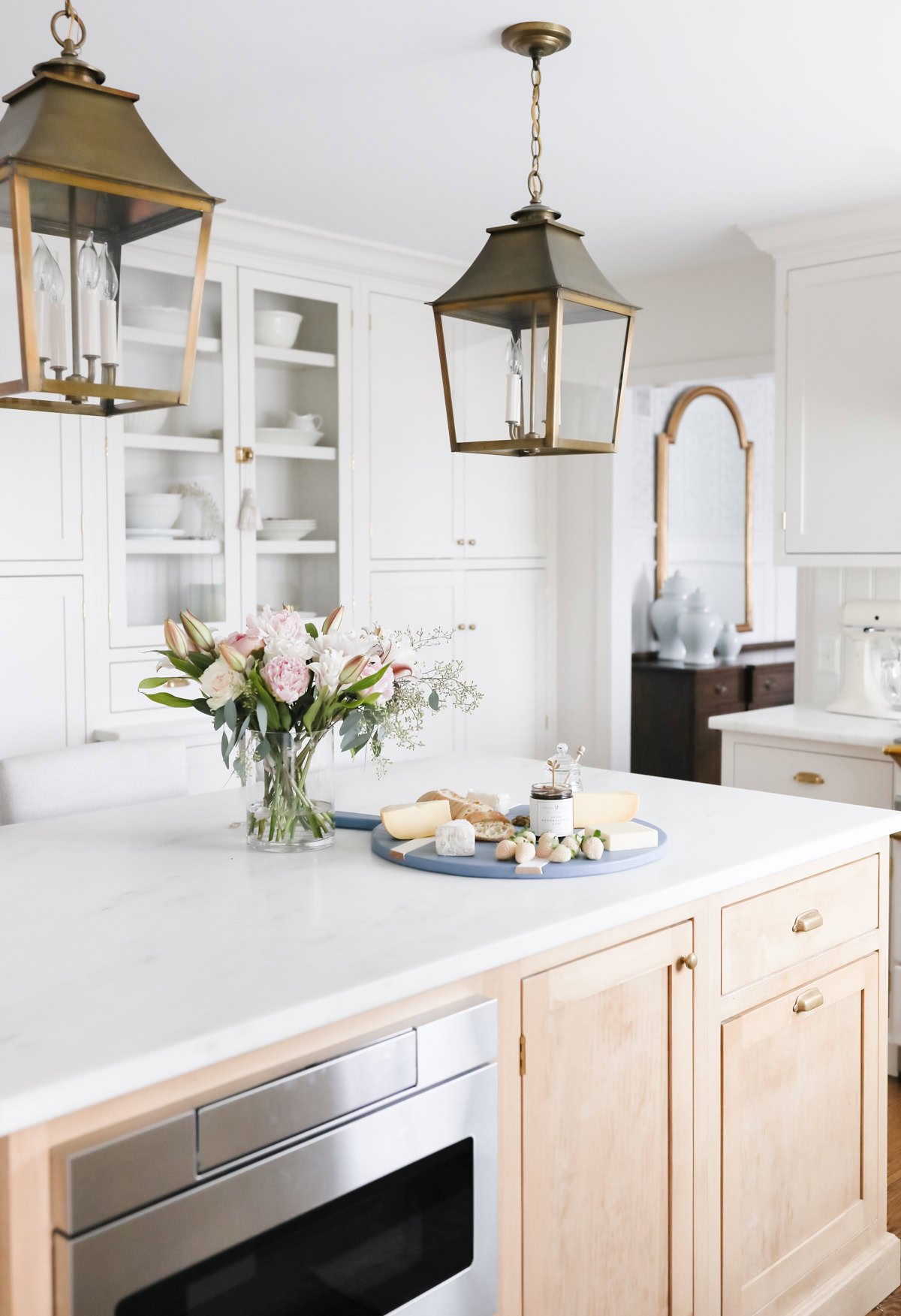
While natural light is my favorite, it’s highly dependent on the time of day, time of year, and of course, the weather. That’s why it’s important to integrate lighting in your home with a well-though plan. You want to add light to a room however you can, and set the mood for easy living.
These are the secrets designers and decorators use in their lighting design. You’ll see it in magazines and catalogs. It’s one of the key elements that makes a room feel special and now you can, too!
P.S… If you love the look of these brass lights as much as we do, don’t skip this post about Brass Lighting! It’s an incredible resource that rounds up all of our favorite brass light fixtures. We’ve got an incredible Light Bulb Guide as well.
Use the drop down table of contents menu to navigate this post with ease. Get all my best tips and tricks for creating a lighting design that looks professional, warm and cozy.
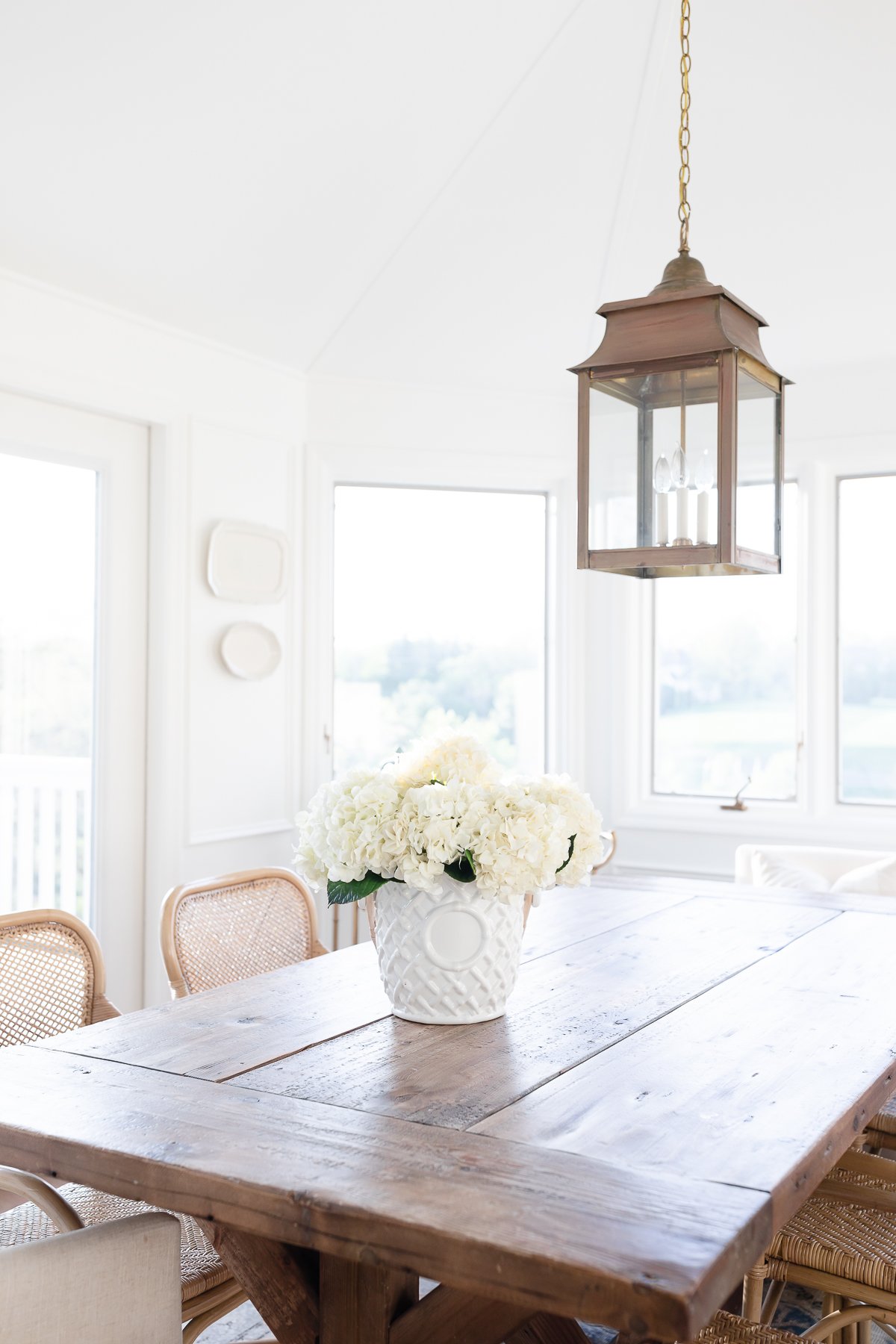
Throughout this post, you’ll see images of our St. Louis primary home, as well as our Lake Cottage. Click through for the complete before and after of both homes, and shop our home lighting design fixtures in the shop tab at the top of the blog!
Lighting Design
1. Layer Your Lighting
- Overhead Lighting – This not only adds a lot of ambience, but it eliminates harsh shadows, creating a soft, favorable light. If you want a bright room, add overhead lights (like can lights) first. Use them sparingly, you don’t want your ceiling to look like Swiss cheese. This also includes chandeliers. You can even use a combination of the two. Then, layer in task lighting and accent lighting.
- Task Lighting – targeted for a specific area (ie: over an island or a desk, under cabinets, a lamp on an end table). This is most often table lamps and floor lamps, but also includes island pendants light our Brass Lantern Island Lights.
- Accent Lighting – draws attention to an area (ie: over artwork). The most frequently used type of accent lighting are sconces.
A blend of these three will make your home feel warm, soft and intimate.
![A white bed in a bedroom with [dated] floral wallpaper.](https://julieblanner.com/wp-content/uploads/2016/09/decorate-with-dated-wallpaper-6.jpg)
2. Scale
Scale is a really important element of lighting design. If it’s too small, it will feel insignificant, too large and suddenly your room will feel too small. A general rule of thumb is:
- Length and width of the room ie: 12×12
- Add the two lengths together ie: 24′
- Exchange feet for inches ie: 24″ would be an ideal diameter for a fixture.
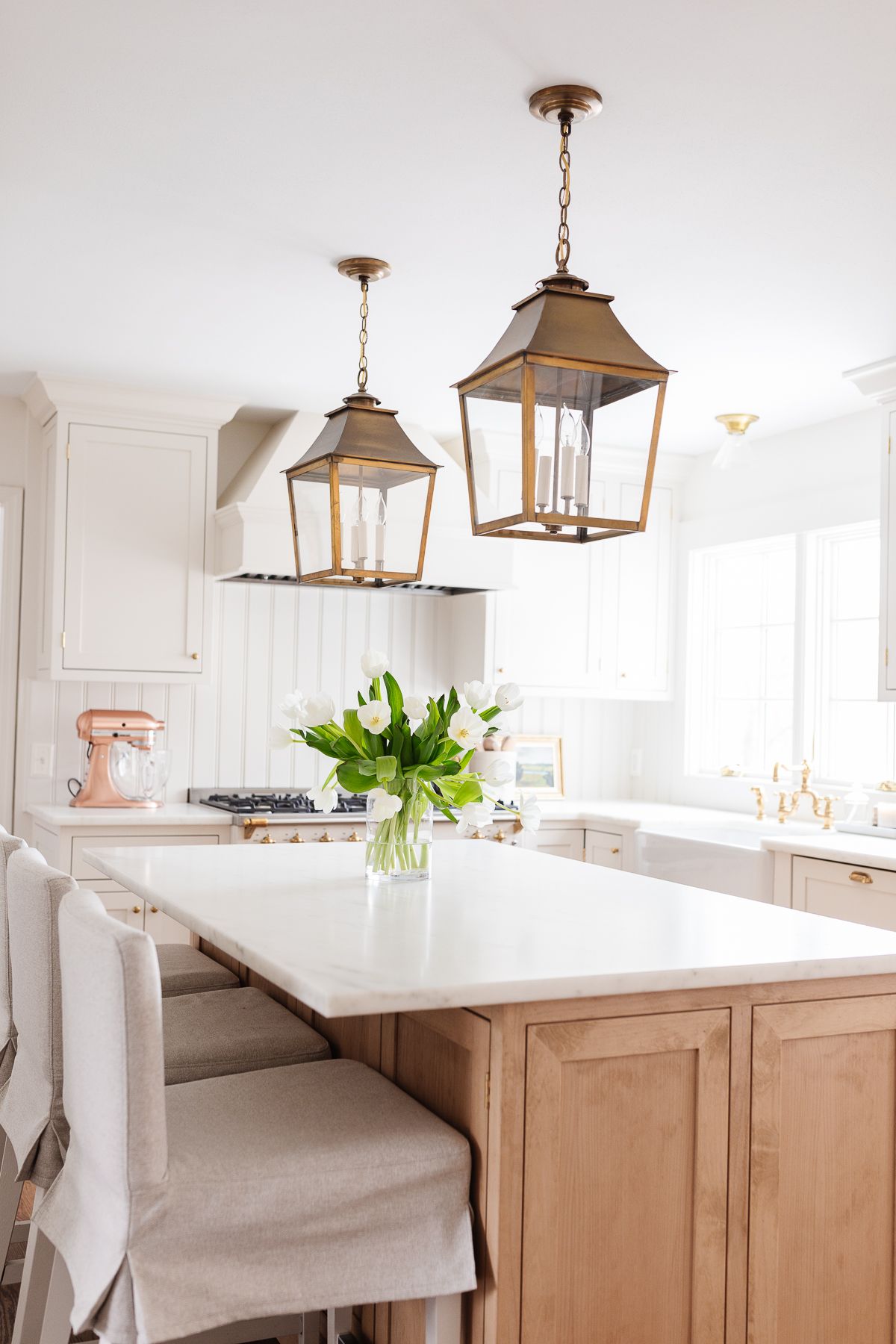
Over a tabletop, the rule of thumb is about half to three quarters the diameter of the table. You can learn more about how to hang lights over an island here in the post about our custom brass island lanterns.
- If a table is 48″x60″ a 24-36″ diameter would be ideal.
3. Symmetrical or Asymmetrical
It’s your choice! This is completely a matter of preference. I tend to prefer asymmetrical. A lamp to the left of a chest of drawers or side table, mixing a floor lamp on one side and a table lamp on another side.
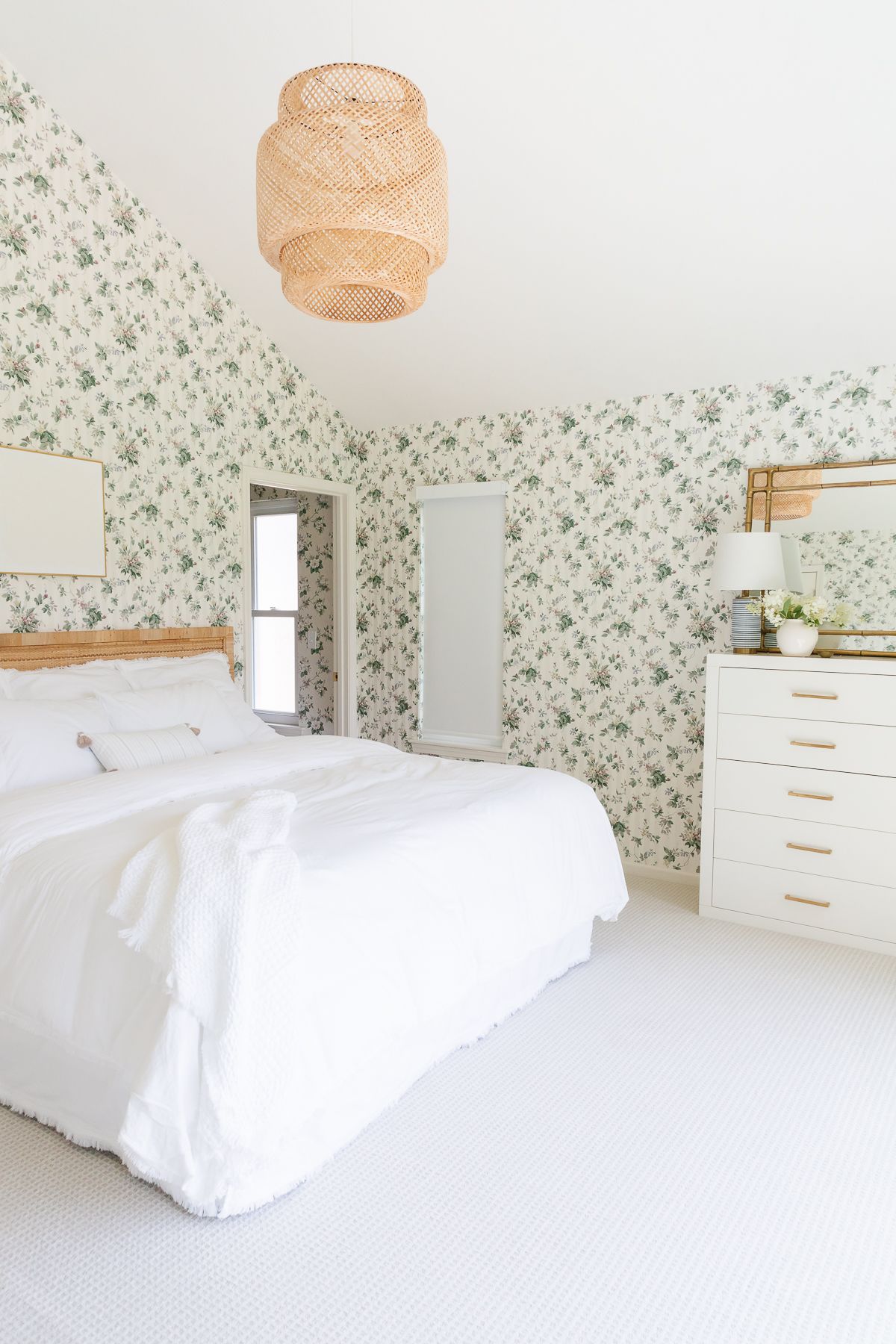
4. Mix and Match
Lighting design is a great way to express yourself in your home. It sets the tone for all that follows.
Don’t be afraid to add color and texture. In fact, that’s what makes a room so interesting! Lighting is a great way to make a room stand out. For example, we used brass throughout the open floor plan of our lake cottage and integrated a woven fixture in the kitchen for texture.
With that in mind, it’s easiest to stick with two colors or textures to ensure a cohesive feeling for your home. For example, choose brass and black, copper and brass, brass and woven textures, or black and woven. There are so many fabulous ways to mix and match!
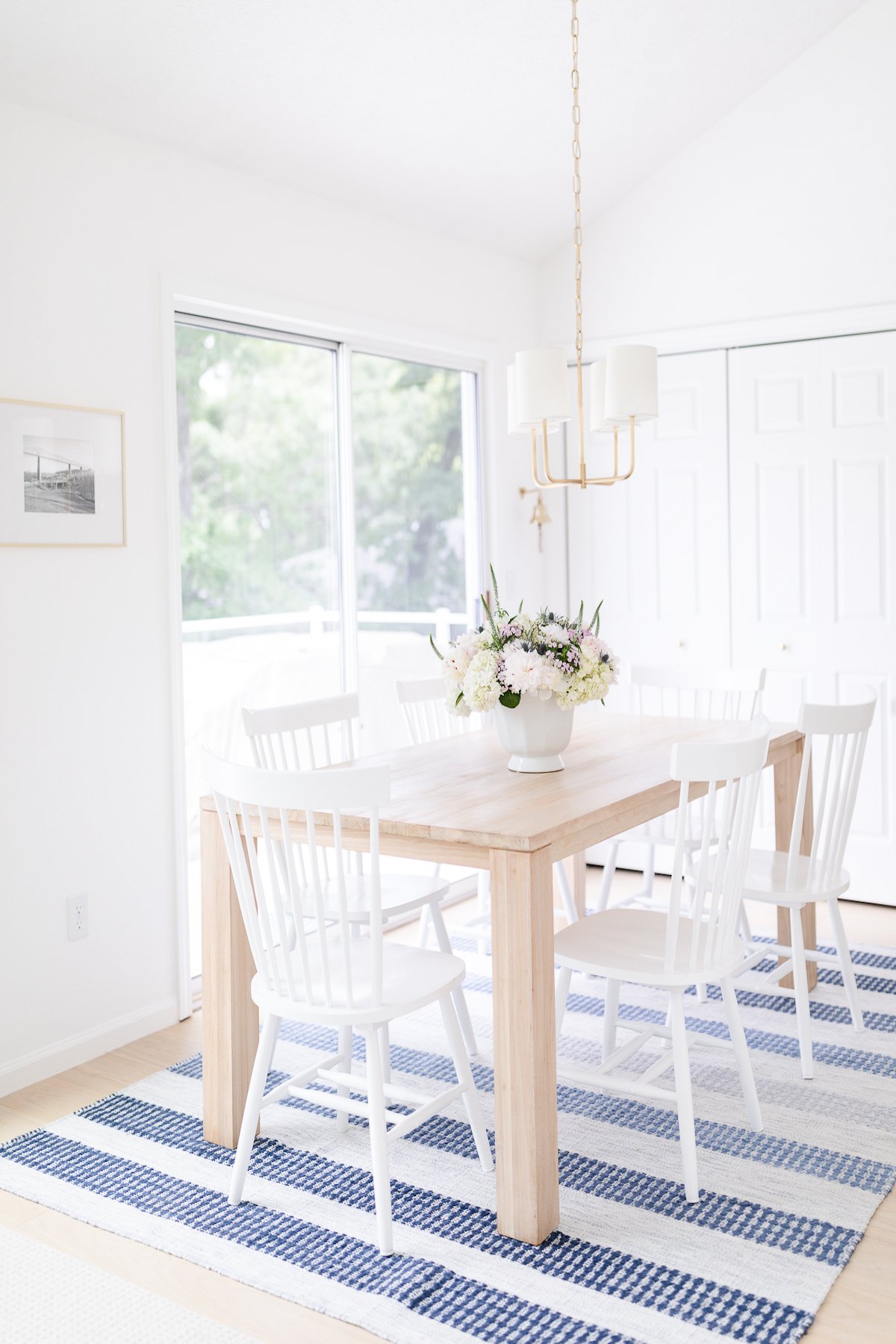
You can also choose lighting from the same collection and use a linear over a dining table with matching pendants over an island. This way they don’t compete with one another and offer a little variety.
This is the perfect way to add in color and pattern as well!
5. Consider Function
When planning your lighting design, think not only about the fixture, but what it does to/for the space. The perfect example is this pulley light we had in our former kitchen refresh.
It looked great, but when you turned it on, it shielded the top half of room from light and really projected in the lower portion of the kitchen. Since learning how that works, I have been a lot more thoughtful with my lighting choices.
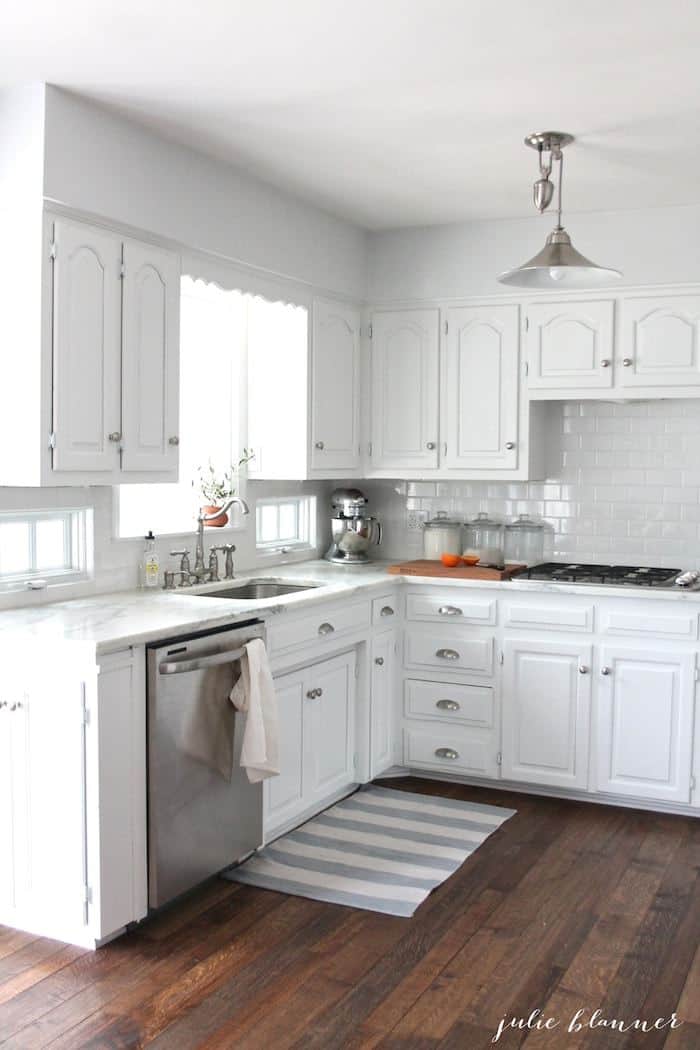
Tips
- Light bulbs are incredibly important. Don’t overlook these choices!
- Learn how to switch a pull chain light to a wireless wall switch.
- Don’t skip the lamps! Table lamps can add such warm, cozy lighting to a room.
- Sconces can be used anywhere. Consider them by your nightstand, by your kitchen sink, in hallways or bathrooms.
- Consider ceiling height and shape when choosing lighting.
- Skip track lighting if you’re trying to create a warm and cozy home.
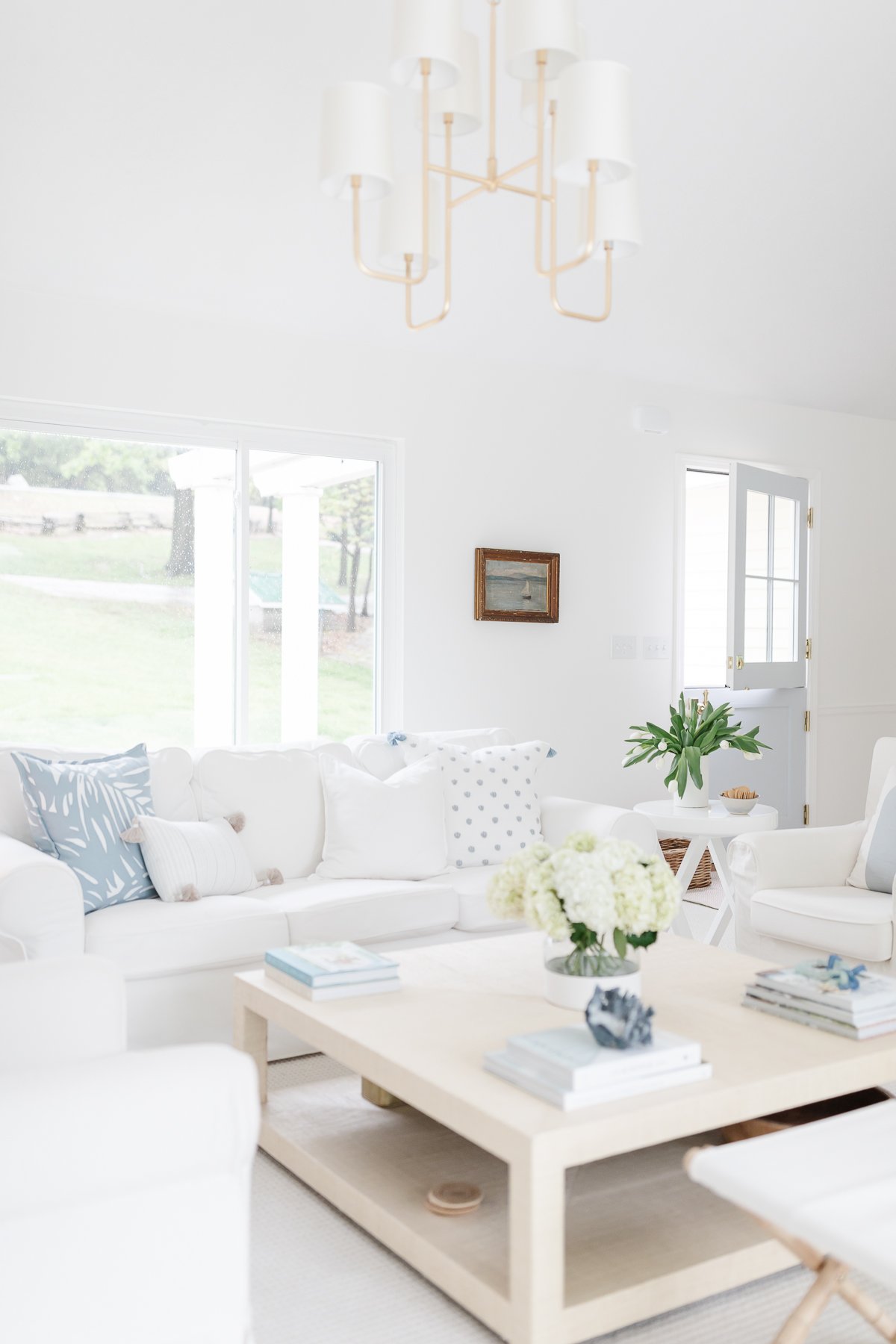
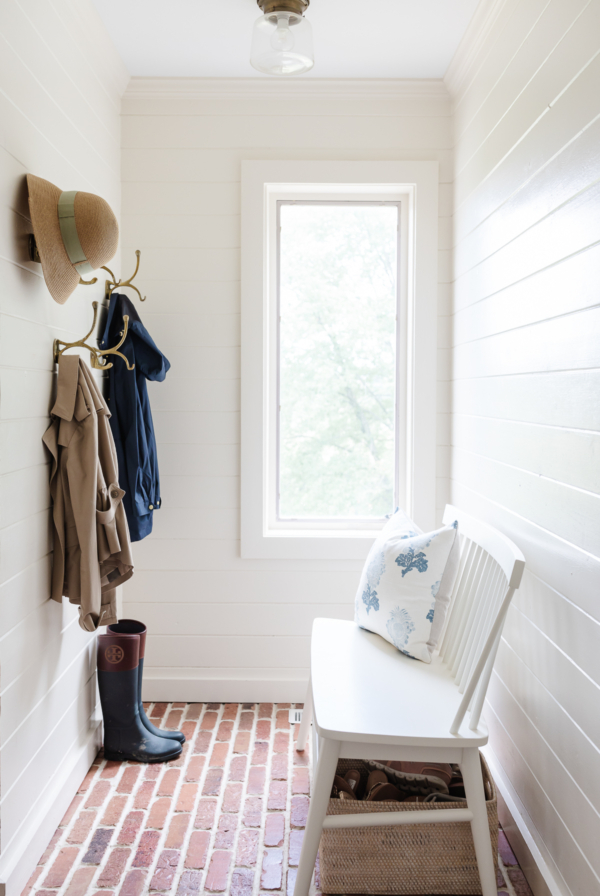
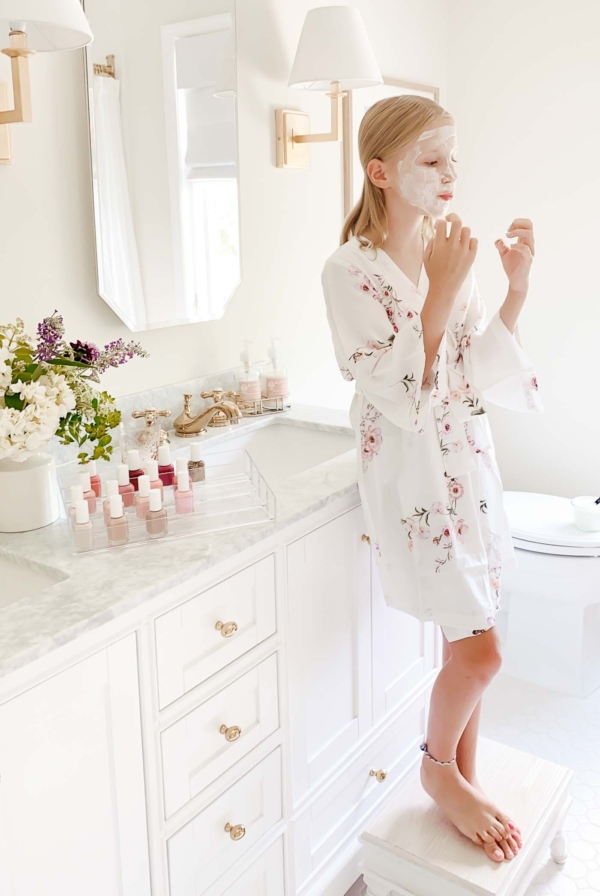
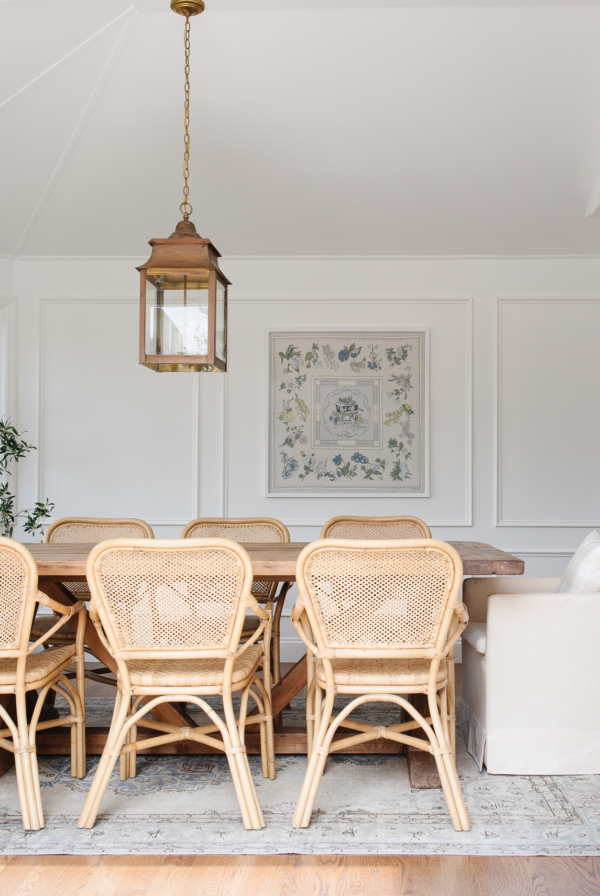
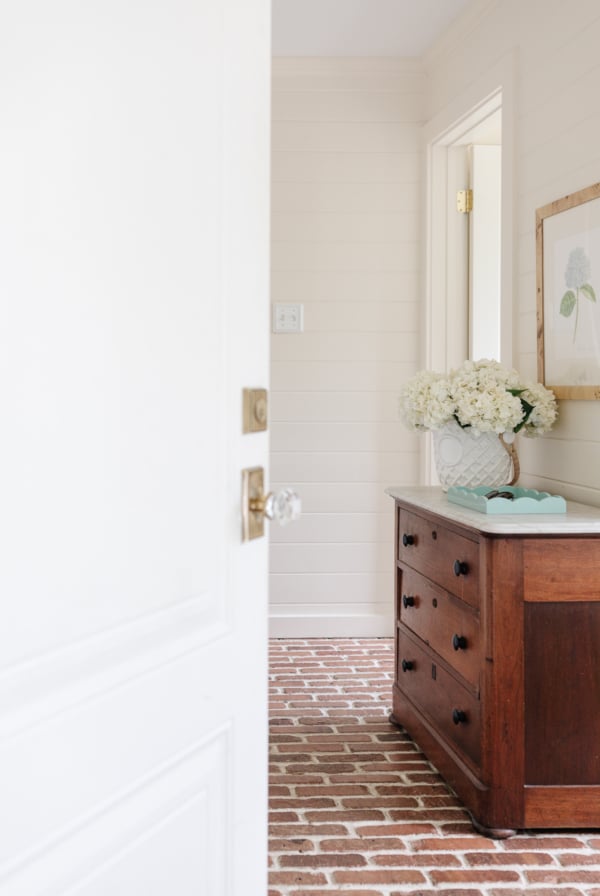
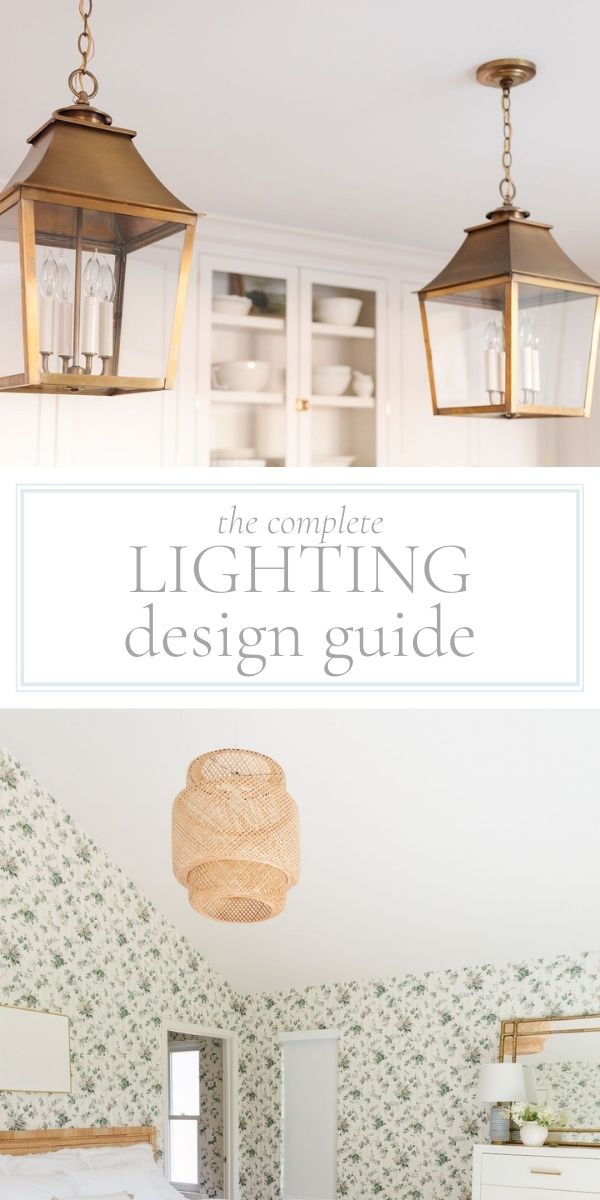
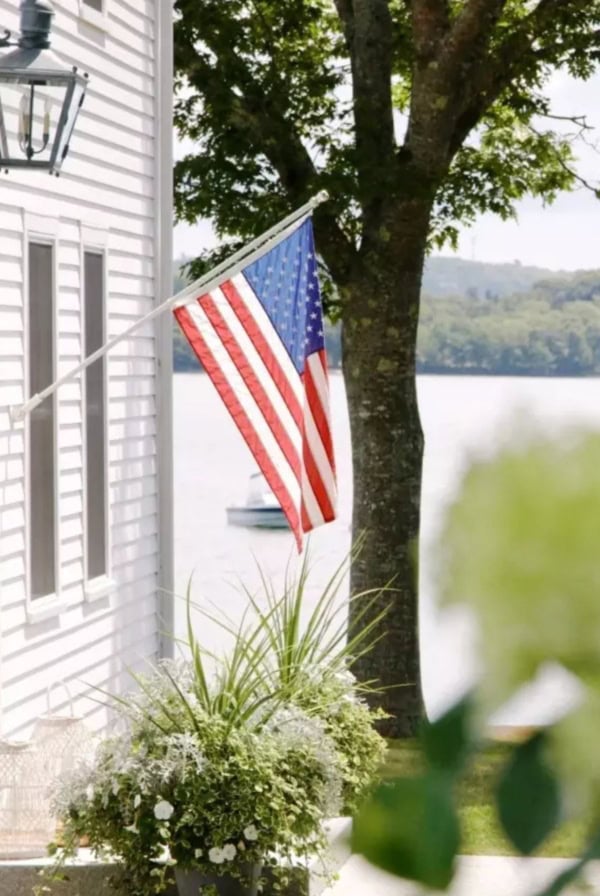
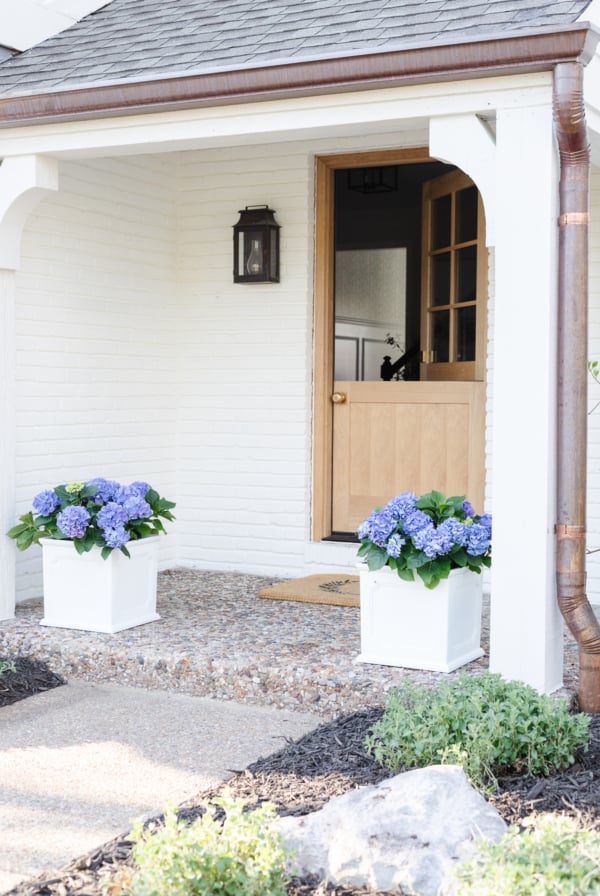
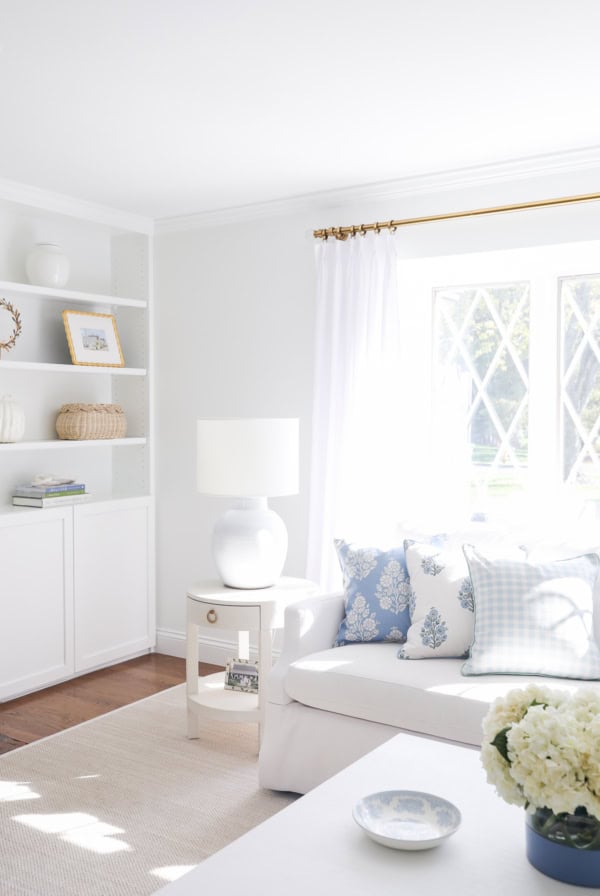






Love your design style for your lake cottage. Where did you get the basket with lid for that bedroom?
Thank you! You’re too kind! You can find the nearly identical basket here. Mine has been discontinued. Enjoy!